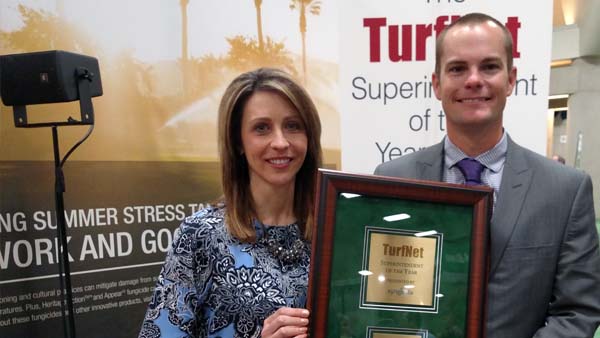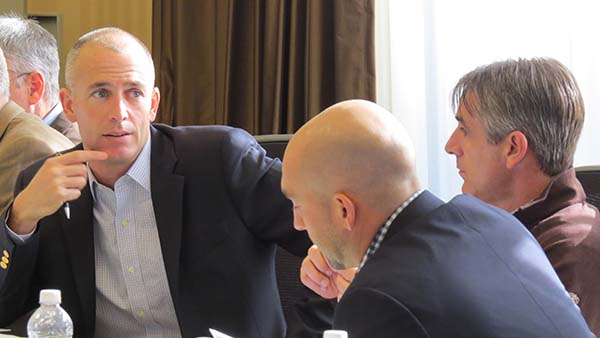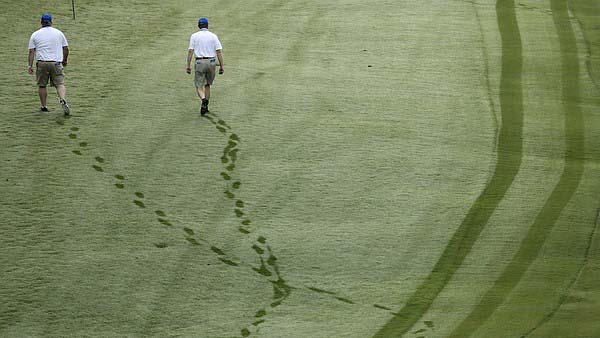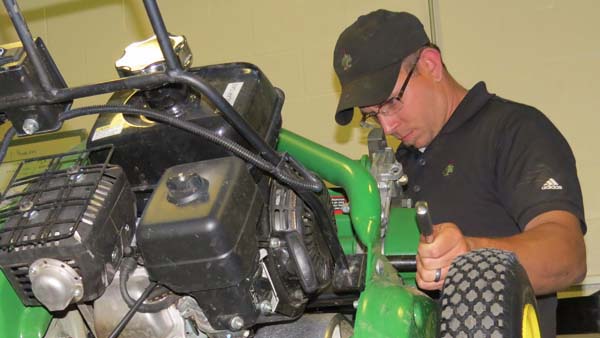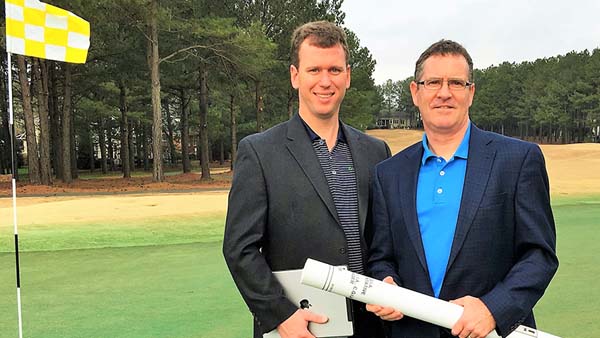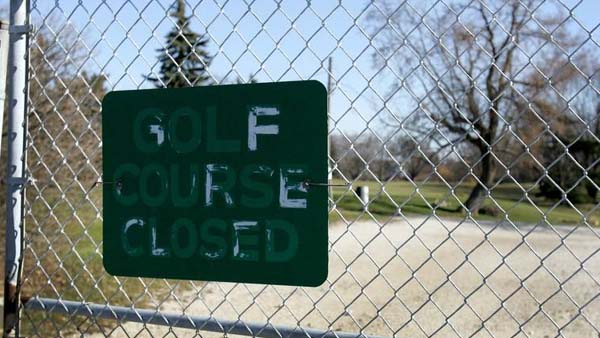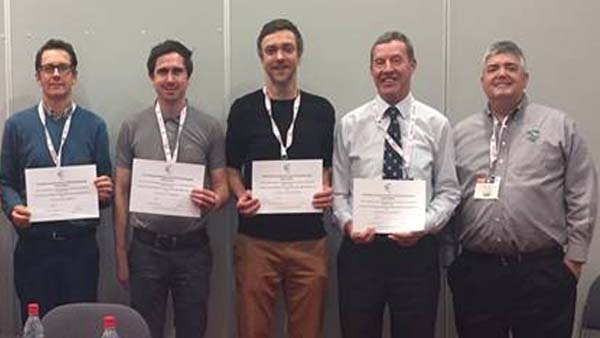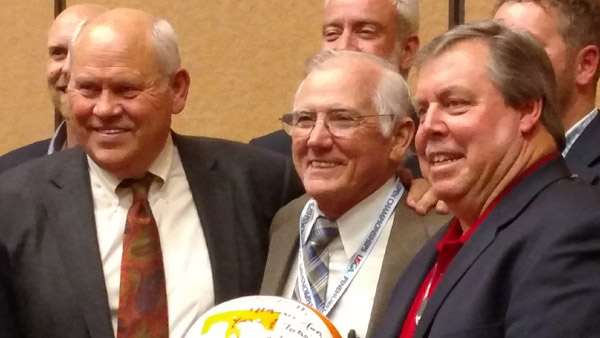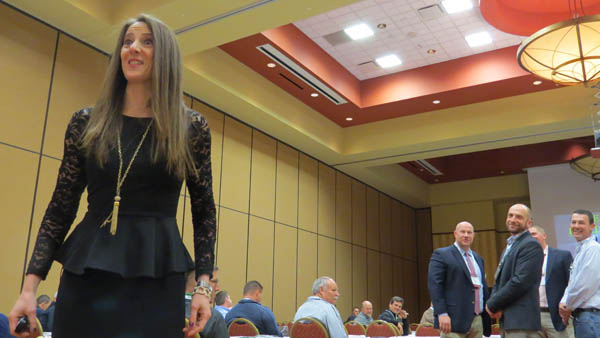

This year's Golf Industry Show certainly looked bigger in terms of square footage, and it seemed larger for those tasked with going back and forth throughout the long and slender San Diego Convention Center like a pinball. Undoubtedly there was more than one media type whose fitness tracker was buzzing early in the day as the 10,000-step plateau was reached - and crossed. But how does the show compare with last year's, or the last time it was in Southern California in 2013? The numbers from San Diego predictably offer a mixed bag of results, some of which offer hope, some of which do not. A total of 12,600 people attended this year's show, including roughly 6,000 qualified buyers, according to GCSAA. This year's overall attendance was up by 200 and there were 400 more qualified buyers this year than last. That attendance number trails the 2013 San Diego show's 13,192 attendees and 6,018 qualified buyers. Some of the biggest increases this year come in the form of exhibitors and square footage of rented booth space. A total of 550 exhibitors rented 250,000 square feet of exhibit space this year. There was actually one more visitor last year (550 this year in San Diego vs. 551 last year in San Antonio), but this year's square footage dwarfs the 182,000 square feet in San Antonio. It also is a lot more than in 2013 when 517 vendors occupied 172,900 square feet. Rented booth space actually was the largest it has been since 2009 when 665 exhibitors committed to 257,900 square feet in - prepare yourself - New Orleans. This year's show also came surprisingly close to the 2008 record for rented booth space, when 965 exhibitors showed their wares across 300,900 square feet at the Orange County Convention Center in Orlando.
- Read more...
- 4,066 views

